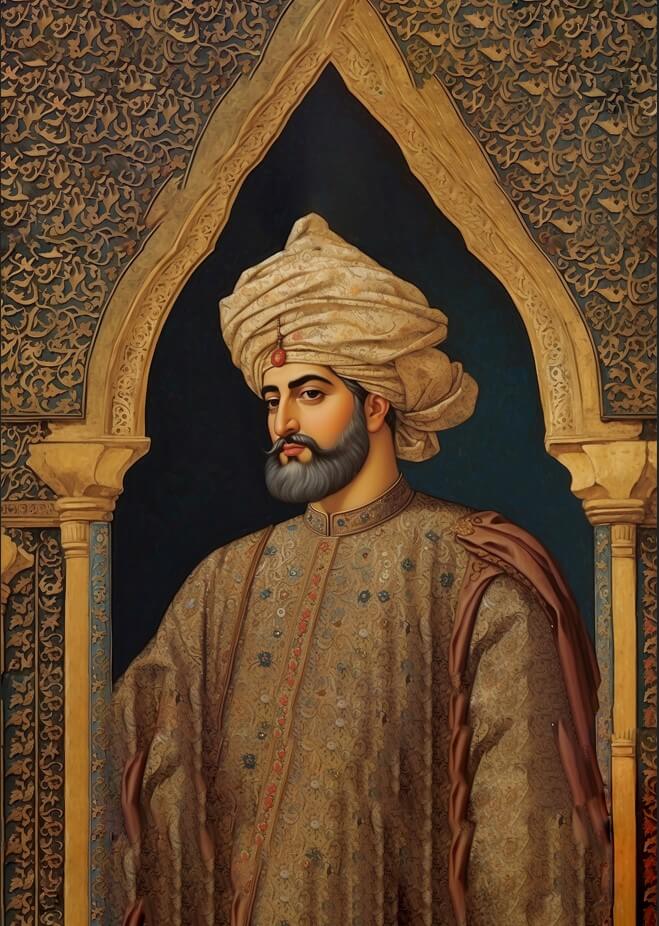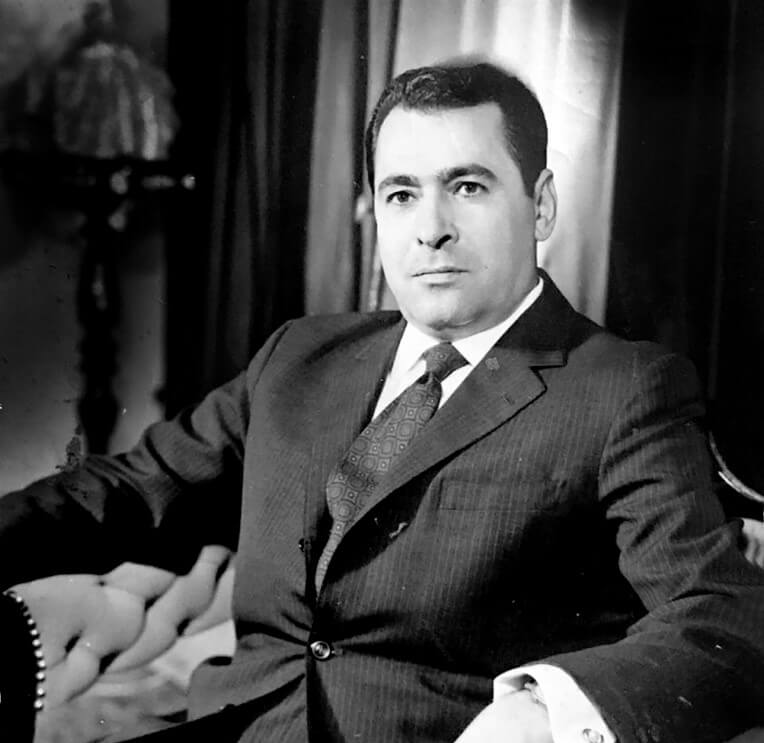The Timeless Significance of Jewelry in Human Civilization
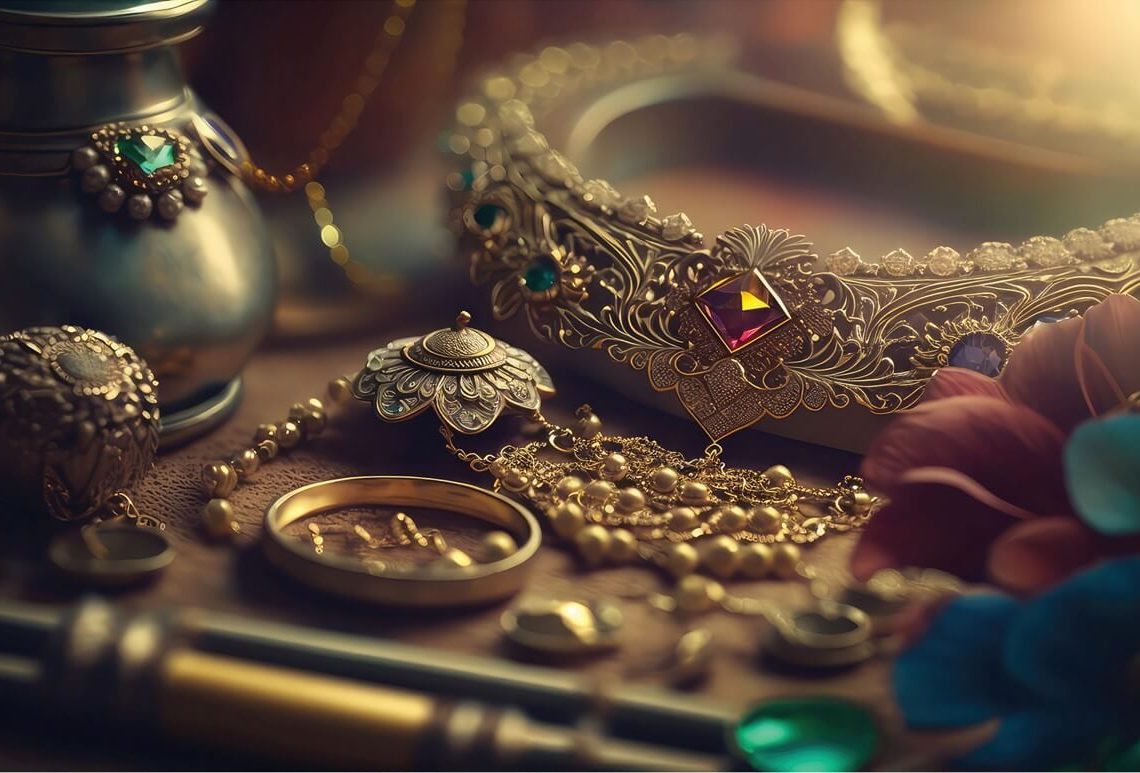
From the dawn of human history, jewelry has held an array of cultural, symbolic, and aesthetic significance across different civilizations and eras. More than mere adornments, these objects have served as reflections of artistic expression, societal status, and personal identity. This article explores the profound importance of jewelry throughout human history, underscoring its role as a pivotal element in cultural traditions, social hierarchies, and individual expression.
Early Beginnings
The use of jewelry can be traced back to prehistoric times when our ancestors would adorn themselves with found objects like shells, bones, and stones. These pieces were not only decorative but also served as amulets believed to provide protection against evil forces or bring good luck. The discovery of how to work metals like gold and silver marked a significant advancement in jewelry making, evident from the treasures found in ancient burial sites and ruins.

Cultural and Religious Symbolism
In many cultures, jewelry has been imbued with spiritual significance. Ancient Egyptians, for instance, believed in the protective power of jewelry, incorporating symbols like the scarab beetle and the Eye of Horus into their ornate pieces, which they thought could ward off evil and promote good health. In India, jewelry is integral to many religious ceremonies and rites of passage, with specific pieces like the ‘mangalsutra’ necklace symbolizing marriage and the ‘payal’ ankle bracelets believed to invoke divine blessings.
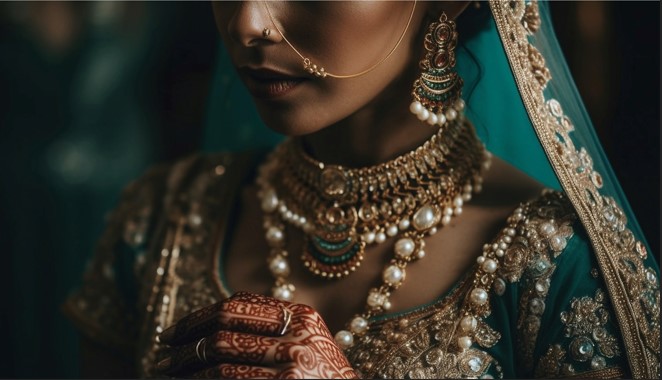
Status and Power
Throughout history, jewelry has also been a marker of social status and wealth. In ancient societies from Egypt to China and Europe, the amount and intricacy of jewelry one wore was directly tied to their rank and affluence within the social hierarchy. Kings, queens, and nobility would often be interred with their jewelry, as these items were considered essential for their status in the afterlife. The crown jewels of monarchies around the world continue to represent the power and dignity of their bearers.
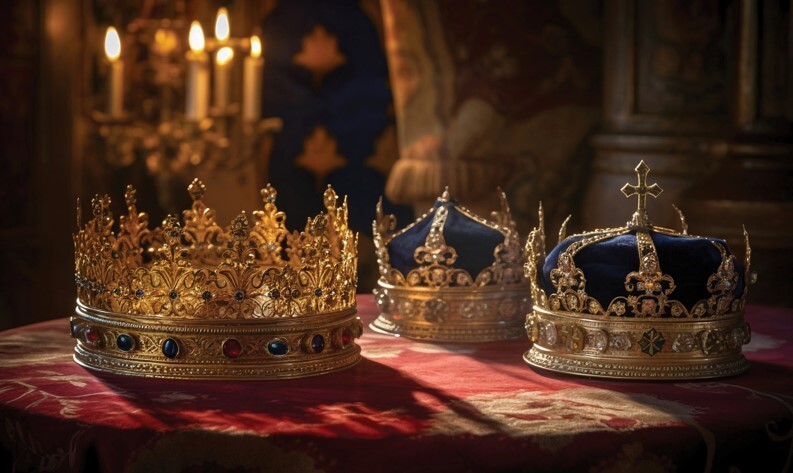
Artistic and Technological Innovations
The evolution of jewelry-making techniques reflects significant advancements in human technology and artistic styles. The Renaissance period, for example, saw the introduction of more intricate designs and the incorporation of precious gemstones that were cut with newly developed techniques to enhance their brilliance. The Art Nouveau and Art Deco movements later brought about innovative designs that mirrored broader artistic and cultural shifts, emphasizing craftsmanship and detail that continue to influence modern jewelry.
Personal and Social Expression
In the modern era, jewelry remains a powerful form of personal expression and identity. Engagement and wedding rings, for instance, are universal symbols of love and commitment. In contemporary fashion, jewelry can signal everything from aesthetic taste to political and social affiliations. It continues to be a means through which individuals can express their personality, beliefs, and cultural heritage.
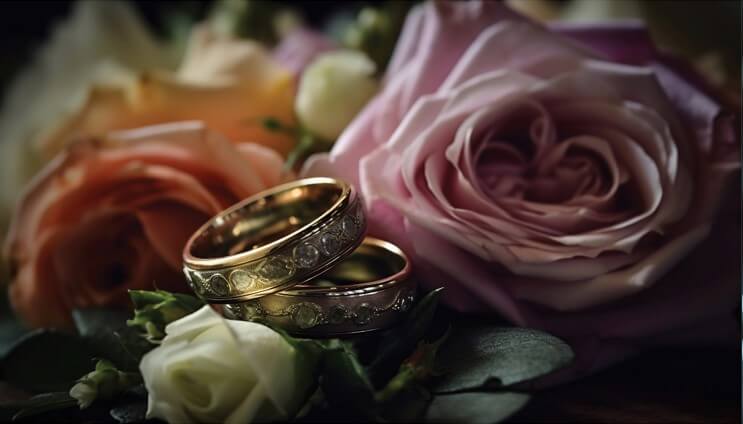
Conclusion
Jewelry is far more than simple decoration. Its history is intertwined with the history of civilization itself, representing a rich tapestry of human culture, ingenuity, and belief. Through the ages, it has served as a potent symbol of status, protection, and identity. Today, it continues to be a vital part of human expression and cultural practice, reflecting both our collective history and individual stories. The enduring significance of jewelry in human civilization highlights its profound impact not only as a personal ornament but as a bearer of deeper meanings and connections across generations and societies.



